In the circuit element given here, if the potential at point B=VB=0, then the potentials of A and D are given as
 Solution in Gujrati
Solution in Gujrati
The correct Answer is:l
Velocity of mass−1 when string is in normal length.
vA=√6gl−2gl=2√gl
Now impulsive tension acts on both bodies to come to common velocity Desplacement of C.M. when string becomes taut.
Δy1cm=m×l+m×0m+m=l2
Desplacment of CM masses reach the max. height
Δy2cm=v22g=l2∴Δycm=l2+l2=l
Topper's Solved these Questions
- CURRENT ELECTRICITYBOOK - ALLEN CHAPTER - CURRENT ELECTRICITYEXERCISE - EXERCISE-IV B
14 Videos
- CURRENT ELECTRICITYBOOK - ALLEN CHAPTER - CURRENT ELECTRICITYEXERCISE - EXERCISE-V A
20 Videos
- CURRENT ELECTRICITYBOOK - ALLEN CHAPTER - CURRENT ELECTRICITYEXERCISE - EXERCISE-III
26 Videos
- CIRCULAR MOTIONBOOK - ALLEN CHAPTER - CIRCULAR MOTIONEXERCISE - EXERCISE (J-A)
6 Videos
- GEOMETRICAL OPTICSBOOK - ALLEN CHAPTER - GEOMETRICAL OPTICSEXERCISE - subjective
14 Videos
Similar Questions
In the circuit shown below. The reading of the voltmeter V is
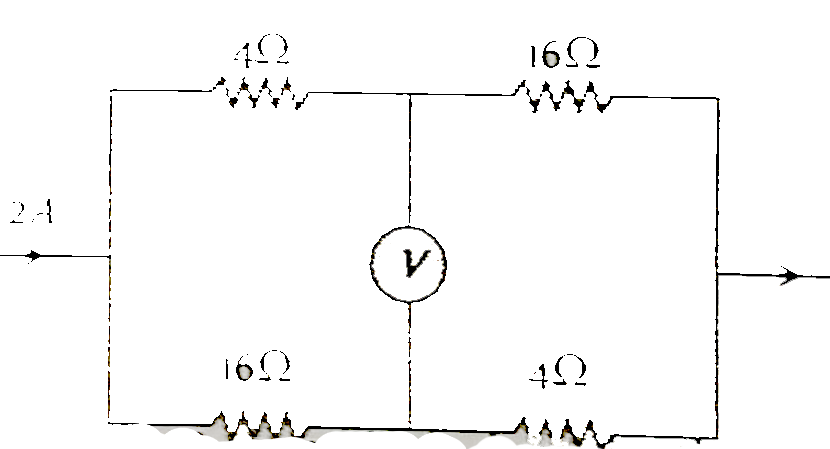
View SolutionTwo metallic s pheres of radii R1 and R2 are connected b y a thin wire. If +q1~and+q_(2) are the charges on the two s pheres then
View SolutionIf each resistance in the figure is of 9Ω then reading of ammeter is
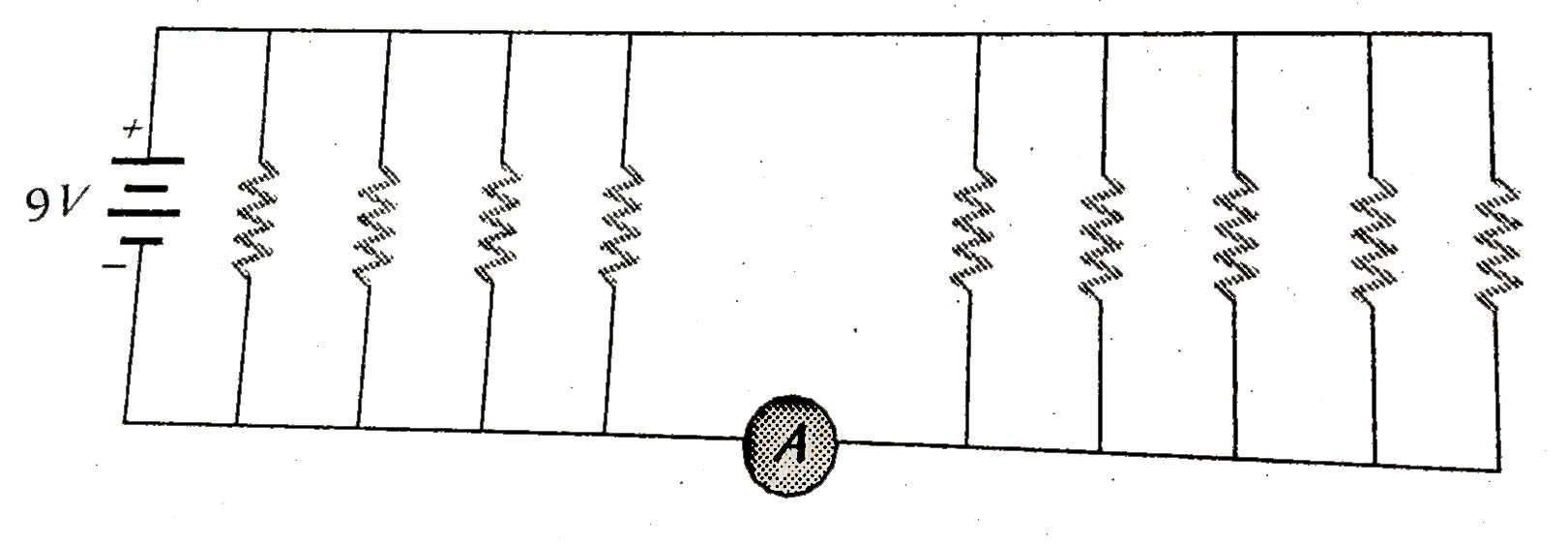
View SolutionA ball of mass (m)0.5kg is attached to the end of a string having length (L)0.5m. The ball is rotated on a horizontal circular path about vertical axis. The maximum tension that the string can bear is 324N. The maximum possible value of angular velocity of ball (radian/s) is -
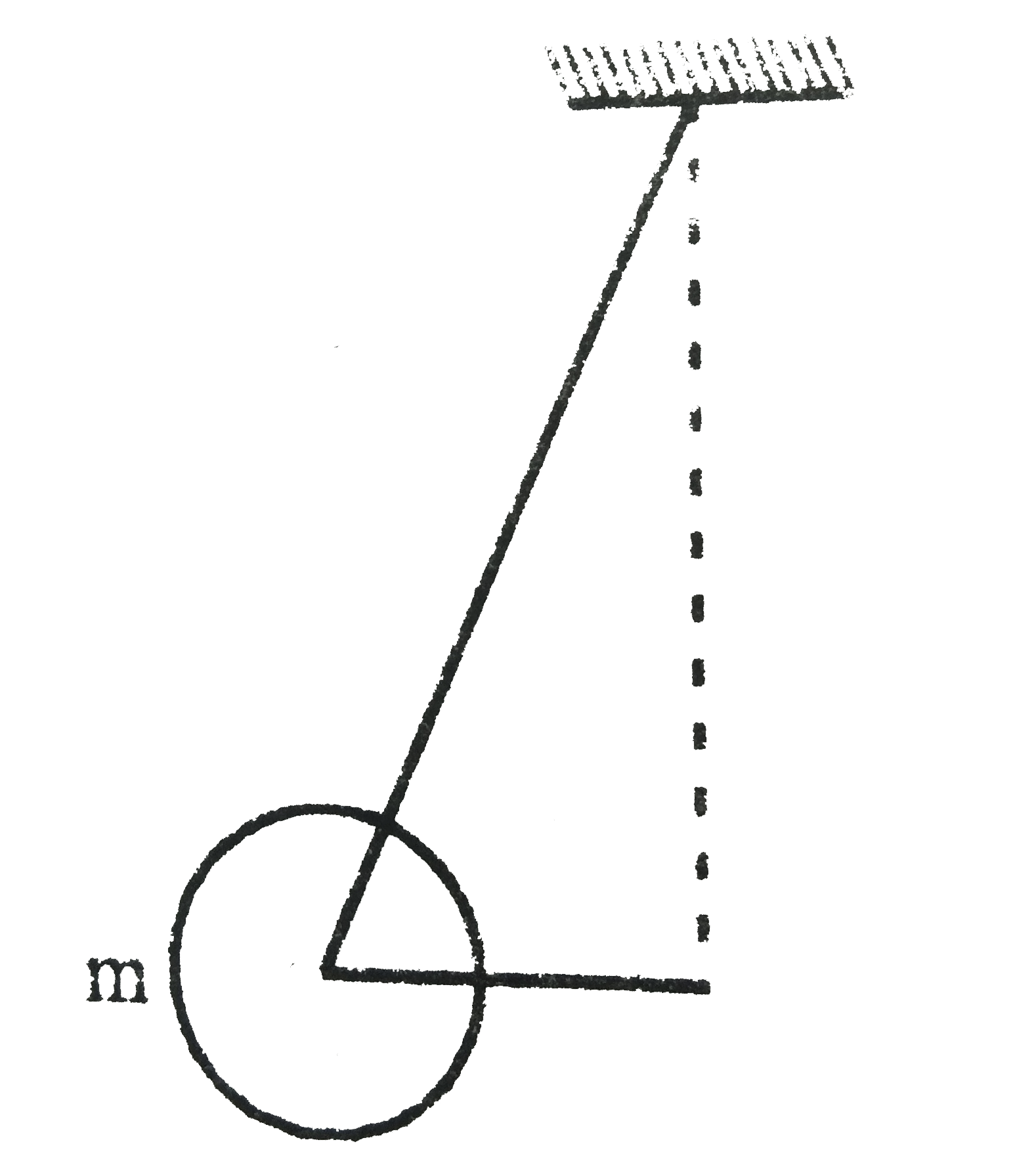 .
.
View SolutionA prism of refractive index n1 & another prism of reactive index n2 are stuck together without a gap as shown in the figure.The angle of the prisms are as shown. n1&n2depend onλ,the wavelength of light according to n1=1.20+10.8×104λ2&n2=1.45+1.80×104λ2 where λ is in nm.
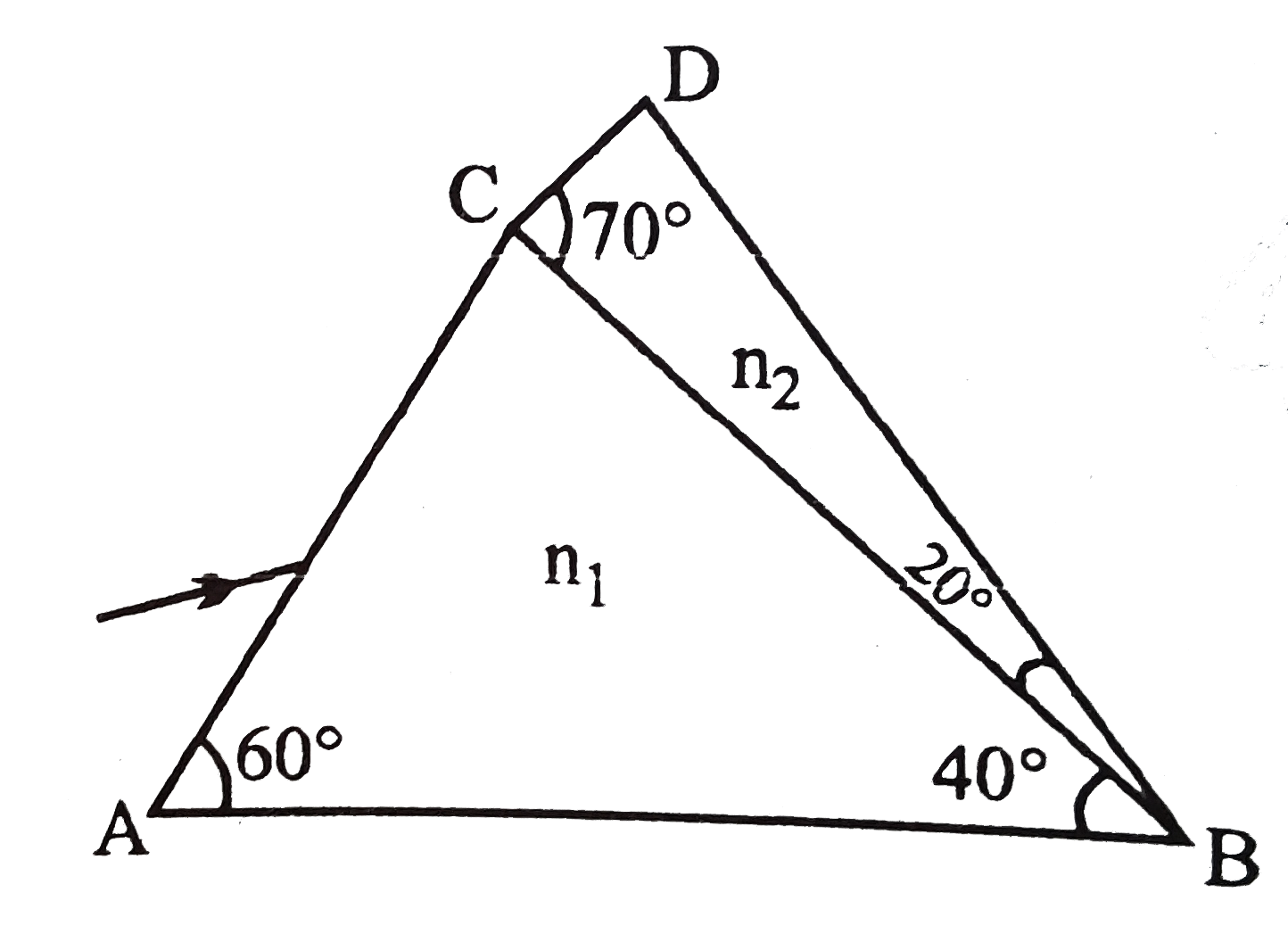
(i)Calculate the wavelength λ0for which rays incident at any angle on the interfaceBCpass through without bending at that interface.
(ii) for light of wavelength λ0,find the angle of incidencei on faceACsuch that the deviation produced by the combination of prism is minimum.
View SolutionIn the circuit element given here, if the potential at point B = V_(B) = 0 , then the potentials of A and D are given as
View SolutionThe potential difference (VA−VB) between the point A and B in the given figure is

View SolutionIn the given circuit the potential at point B is zero, the potential at points A and D will be

View SolutionIn the given circuit, the potential difference between the points A and B is
View SolutionThe potential difference between the points A and B in the given circuit is
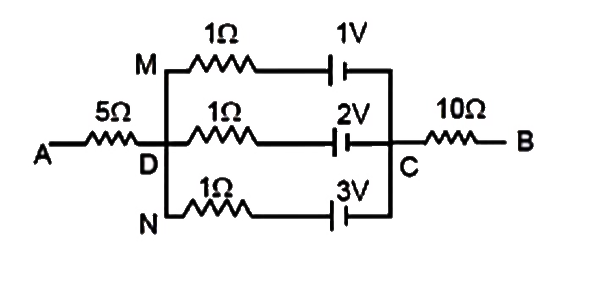
View SolutionIn the given circuit calculate the potential difference points A and B .
View SolutionThe potential difference (V_(A) - V_(B)) between the points A and B in the given figure is
View Solutionदिये गये परिपथ के लिये a तथा b बिन्दुओं के विभवान्तर ज्ञात कीजिए :-
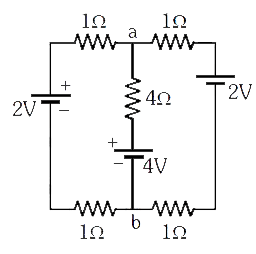
View SolutionIn the given circuit find the |VA−VB| where VA,VB are electric potentials at the points A and B.

View SolutionIn the given circuit the potential at point B is zero, the potential at points A and D will be

View SolutionConsider the circuit given here. The potential difference V_(BC) between the points B and C is
View Solution
